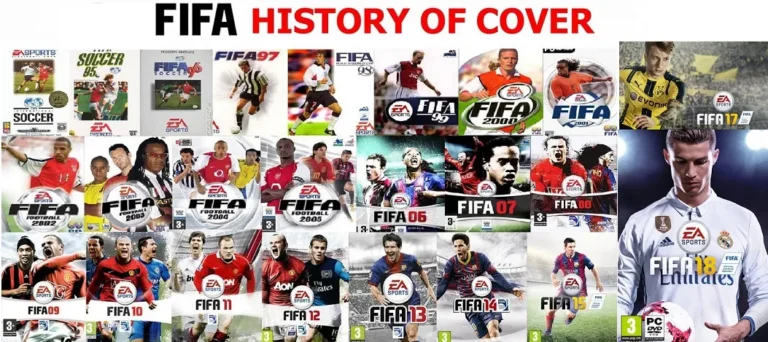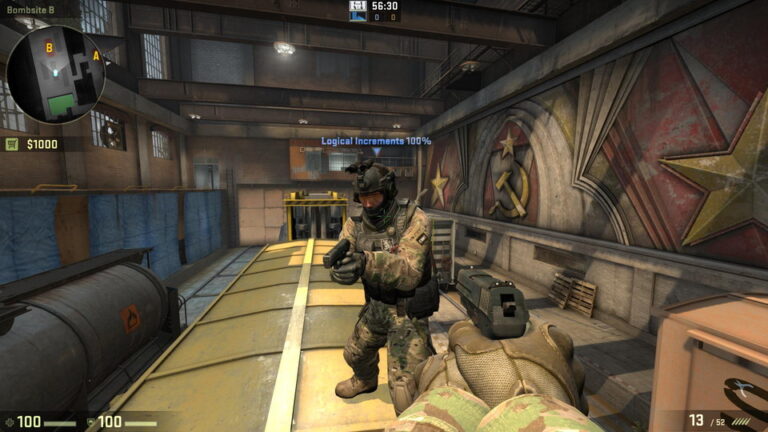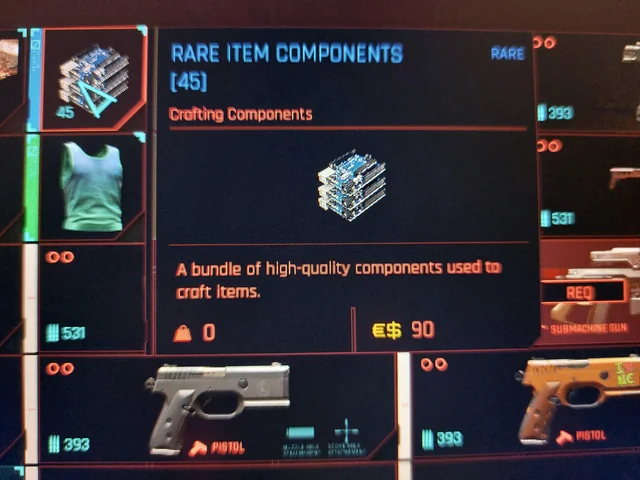FIFA, the globally acclaimed football video game, has become a staple in the gaming community. As players worldwide immerse themselves in the virtual world of football, a question lingers – who owns FIFA? In this article, we delve into the ownership history, the current structure, and the impact of ownership on the gaming experience.
The Early Days of FIFA
In the early 1990s, FIFA made its debut, marking the beginning of a gaming revolution. The game was initially developed by EA Sports, a renowned player in the gaming industry. During this period, the ownership of FIFA was closely tied to the creative minds behind its conception, with EA Sports being the primary force behind its development.
Evolution of FIFA Ownership
As the gaming landscape evolved, FIFA’s ownership structure underwent a fascinating series of transformations, each playing a pivotal role in shaping the trajectory of the globally cherished football video game. This evolution delves into not only changes in ownership but also the notable acquisitions and strategic moves that have left an indelible mark on FIFA’s journey.
Origins: EA Sports and Early Developments
In the nascent stages of FIFA, Electronic Arts (EA) Sports emerged as the creative force behind the game’s development. The ownership was closely tied to the innovative minds at EA, laying the foundation for what would become a gaming phenomenon.
Transition Period: Entry of New Players
As the gaming industry burgeoned, FIFA’s ownership experienced shifts with the entry of new players. This transition period saw the game becoming part of a broader gaming ecosystem, influencing its development and reach.
Mergers and Acquisitions: Shaping a Giant
Notable acquisitions played a crucial role in FIFA’s evolution. Mergers and strategic moves by key players in the gaming industry further solidified the game’s position, providing it with the resources and influence to continue its ascent.
Global Expansion: FIFA’s Reach Beyond Borders
Ownership changes were not just about corporate maneuvers; they also paved the way for FIFA’s global expansion. The game transcended cultural and geographic boundaries, attracting a diverse and passionate fan base.
Technological Advancements: A Digital Revolution
The evolution of FIFA’s ownership also paralleled technological advancements. The game embraced the digital revolution, incorporating cutting-edge technologies that enhanced the gaming experience and kept it at the forefront of innovation.
Fan Engagement: The Heart of FIFA’s Success
Ownership decisions were not solely about business; they profoundly impacted the fan community. Strategies to engage and resonate with fans became integral, fostering a sense of belonging and loyalty among FIFA enthusiasts.
Challenges Faced: Criticism and Resilience
Throughout its ownership evolution, FIFA encountered challenges and criticisms. Controversial decisions and moments of adversity tested the resilience of the game and its ability to adapt to an ever-changing gaming landscape.
Current Landscape: EA’s Continued Stewardship
As of now, FIFA finds itself under the continued stewardship of Electronic Arts (EA). This period marks not only a consolidation of ownership but a phase of sustained innovation and adaptation to meet the evolving expectations of the gaming community.
Understanding this intricate evolution provides profound insights into the forces that have not only shaped FIFA’s ownership but also contributed to its enduring success in the dynamic world of video gaming.
Current Ownership Structure
Today, FIFA is under the ownership of Electronic Arts (EA), a giant in the gaming industry. EA has been at the helm for a considerable period, overseeing the game’s development, marketing, and distribution. Exploring the details of this ownership is crucial to understanding the dynamics that steer the course of FIFA in the contemporary gaming world.
Behind the Scenes: Decision-Making
The ownership of FIFA extends beyond a mere title; it significantly impacts the decisions that shape the game. Understanding how decisions are made, the stakeholders involved, and the influence of the owner(s) on FIFA’s direction provides valuable context for avid gamers.
Criticism and Controversies
No ownership journey is without its challenges. FIFA, too, has faced its share of criticism and controversies related to ownership decisions. Examining instances where these decisions came under scrutiny and understanding the resulting controversies sheds light on the complexities of managing a globally beloved game.
Future Outlook
As FIFA continues to capture the hearts of gamers worldwide, speculation about its future ownership arises. What potential changes lie ahead, and how might they impact the gaming experience? Delving into the future outlook of FIFA’s ownership unveils possibilities and expectations for the gaming community.
Conclusion
In conclusion, the journey of FIFA’s ownership has been a dynamic one, marked by evolution, controversies, and community engagement. As we navigate through the history, present, and potential future of FIFA’s ownership, it becomes evident that the game is not just a product but a reflection of the ever-changing landscape of the gaming industry.



